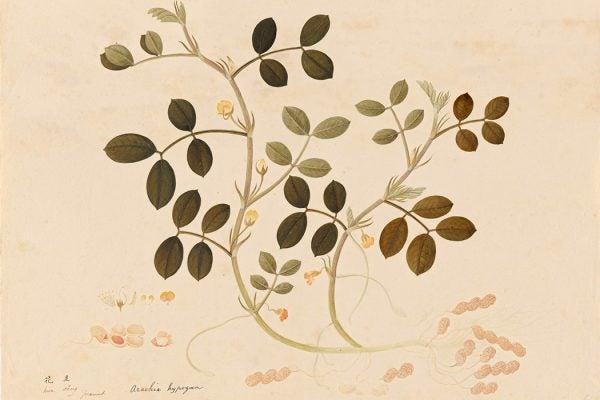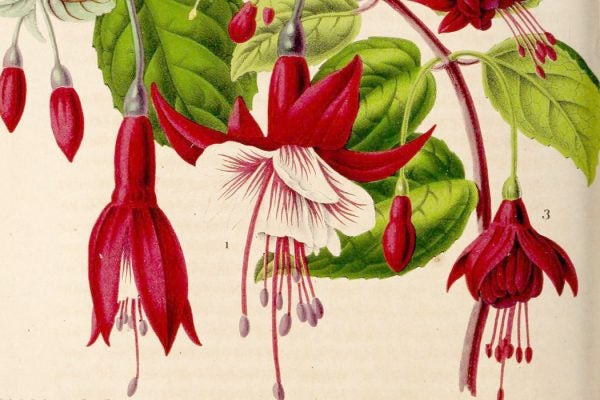
Kristan M. Hanson
Kristan M. Hanson is an art historian whose research explores the cultural significance of live plants, herbarium specimens, and botanical imagery. She is currently the curator of the Fleming Museum of Art located at the University of Vermont. Prior to that she served as the Digital Managing Editor for the Plant Humanities Initiative at Dumbarton Oaks and was a 2020–2021 Plant Humanities Fellow. Her dissertation, completed at the University of Kansas, applied digital humanities methods and tools to the study of horticultural art, plant mobility, and gendered spatial practices in the context of 1870s Paris. She has received fellowships and awards from the College Art Association, the Oak Spring Garden Foundation, the HASTAC Scholars program, and the Hall Center for the Humanities.





